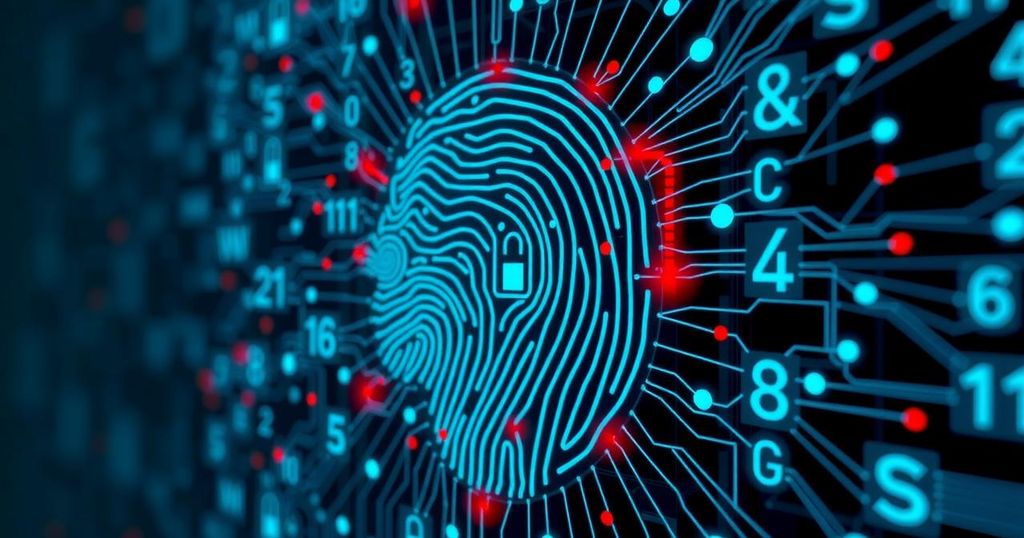Liveness detection emerges as a key defense against advanced AI-driven fraud, with organizations like Jumio enhancing capabilities. The UK’s OfDIA gains formal recognition, while Ireland and Malaysia push forward with national digital IDs. Major advances in biometric technologies, including border controls and facial recognition in retail, reflect a growing emphasis on secure digital identities amidst escalating fraud challenges.
This week’s narrative in biometric technology places liveness detection at the forefront as a defense against sophisticated AI-driven fraud tactics. Organizations are actively developing in-house capabilities to enhance security. For instance, Jumio has introduced a robust liveness detection feature integrating advanced techniques like presentation attack detection (PAD), bypass detection, and coercion detection, strengthening defenses against various fraud methods. IDology warns of the escalating issue of synthetic identities and deepfakes, while endorsing the efficacy of proactive defenses against these challenges. Yet, the risk of technology outpacing security measures remains pertinent, highlighted by a report from a cybersecurity think tank documenting the vulnerability of traditional biometric systems against improved AI capabilities. In regulatory updates, the UK’s Office for Digital Identities and Attributes (OfDIA) has transitioned to a formally recognized body, overseeing digital ID frameworks under the Department for Science, Innovation, and Technology (DSIT). Ireland’s national payments policy integrates cash and digital frameworks, emphasizing the promotion of digital identity systems like the EUDI Wallet. Malaysia aims to establish a national digital ID as the sole credential by early 2025 as part of its MyDigital initiative aimed at fostering public trust in digital services. Updates from industry players reveal strides in biometric technologies, such as Norway’s procurement of 21 biometric gates for enhanced border control at Oslo Airport, with a budget of $4.6 million. Moreover, a successful Proof of Concept (PoC) involving biometrics and digital wallets was executed for international flights between Hong Kong and Tokyo, adhering to IATA’s One ID standards. As the industry adapts to these developments, retailers increasingly adopt facial recognition to combat theft, with major grocery chains leading the trend. However, there is pushback against facial recognition enforcement by some retailers in New York amidst impending legislation.
In the evolving landscape of digital identification and fraud prevention, biometric technologies have emerged as crucial tools. Liveness detection, a subset of biometric technology, validates that presented biometric characteristics genuinely belong to a living individual rather than a spoofed image or recording. This capability has gained importance in response to the rise of fraud tactics facilitated by generative AI, which can create convincing deepfakes. Recent innovations aim to fortify liveness detection to combat such sophisticated threats effectively. The changing regulatory landscape, technological upgrades in various jurisdictions, and increasing deployment of biometric solutions reflect a growing recognition of the significance of secure digital identities in both public and private sectors.
The advancement of biometric technologies, particularly liveness detection, is crucial in counteracting the rising tide of AI-driven fraud. While innovations and regulatory developments strengthen the framework of digital identities, the challenges posed by synthetic identities and deepfake technology underscore the need for continuous improvement and vigilance in biometric security systems. As industries adapt, key players must implement robust solutions and engage in discussions about best practices to safeguard against emerging threats.
Original Source: www.biometricupdate.com





